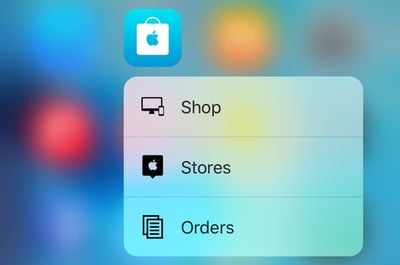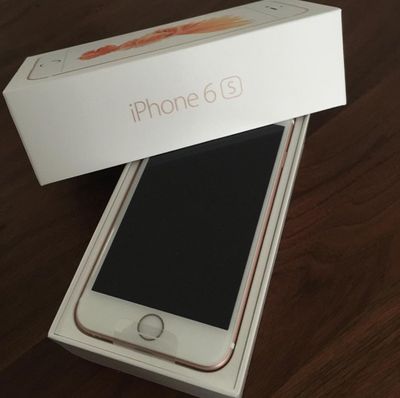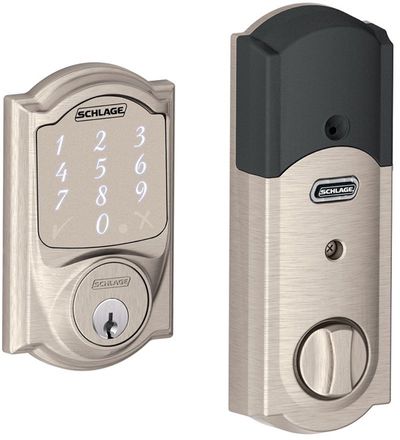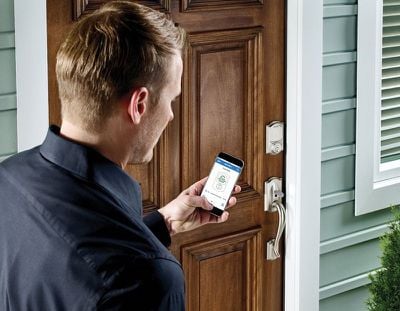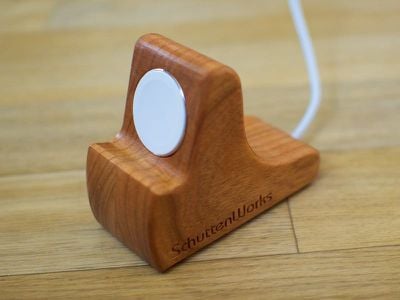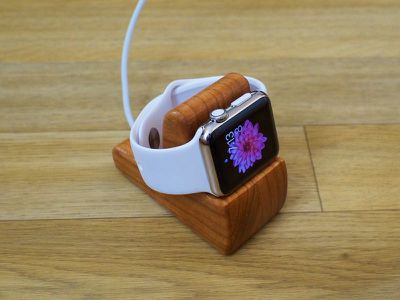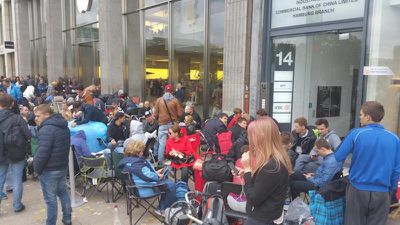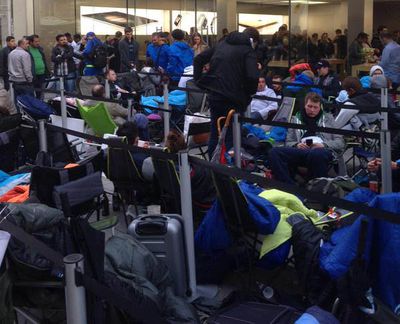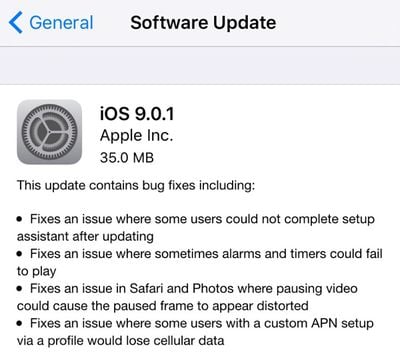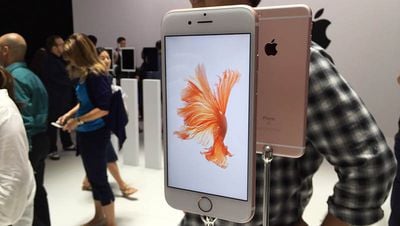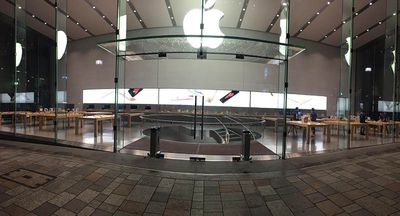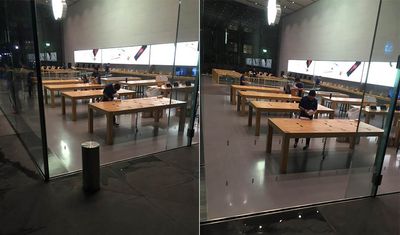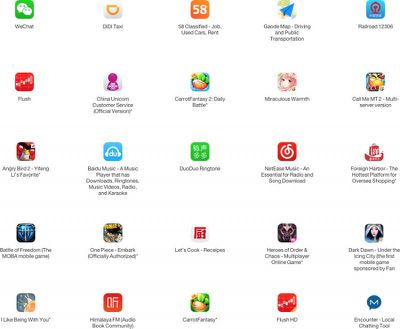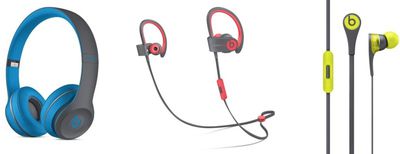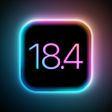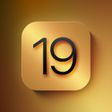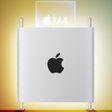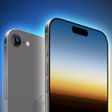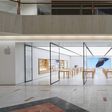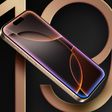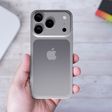It's September 25 in Australia, which means the first customers who pre-ordered the iPhone 6s and 6s Plus are now beginning to receive their shipments or are getting home from purchasing one at an Apple Store. Australians and those who went to Australia to receive their phones have now taken to YouTube to show off the device in unboxing videos, drop tests and more.
YouTube user Lachlan Likes A Thing unboxes a Rose Gold iPhone 6. The video was a part of Lachlan's live stream of iPhone 6s coverage, and features him answering questions from his viewers. He also shows off the standard in-box iPhone accessories, which include the EarPods, wall charger and Lightning cable. Lachlan also unboxes a pink iPhone 6s silicone case, showing off what the phone looks like in the case.
YouTube channel TechSmartt got their hands on both the iPhone 6s and 6s Plus and subjected them to drop tests on a marble floor. The drop tests occur at three levels: from pocket height, from around 6 feet and from around 10 feet. Both phones hold up well, with host Keaton Keller noting the new 7000 series aluminum only suffered minor scratches. However, the iPhone 6s had its display shatter when it landed display down. The iPhone 6s Plus, which also fell on its display, did not shatter.
Franz Pirkl, another YouTube user, unboxed his Space Gray iPhone 6s and then proceeded to do a video teardown of the device. While the video doesn't provide in-depth explanation of the insides of the new device, it does provide a look inside the device as well as individual parts like the new Taptic Engine.
Update: TechSmartt also conducted a water test with the iPhone 6s Plus, pitting it against the Samsung Galaxy S6 Edge. Both phones are placed in water to see how long they last, with Keller noting the 6s Plus lasts far longer than the previous iPhone.



